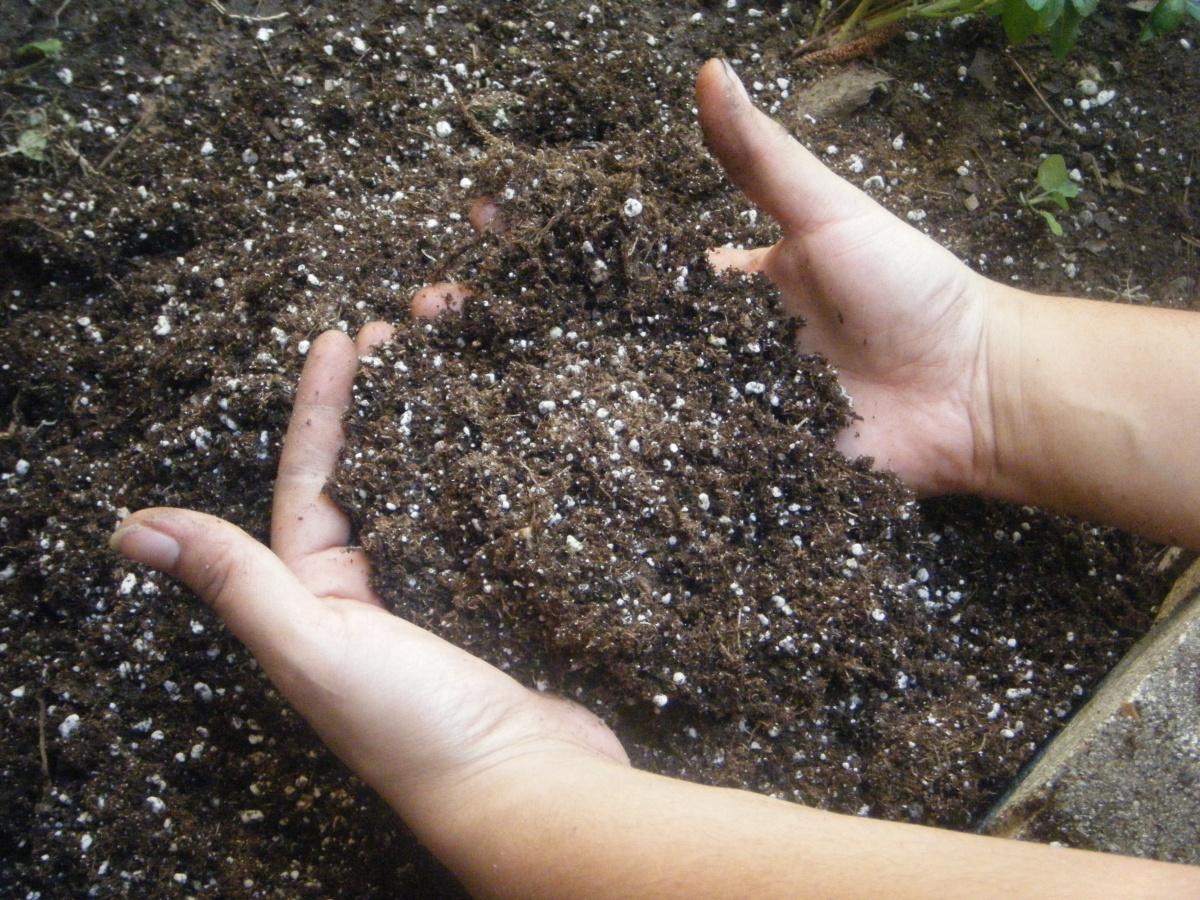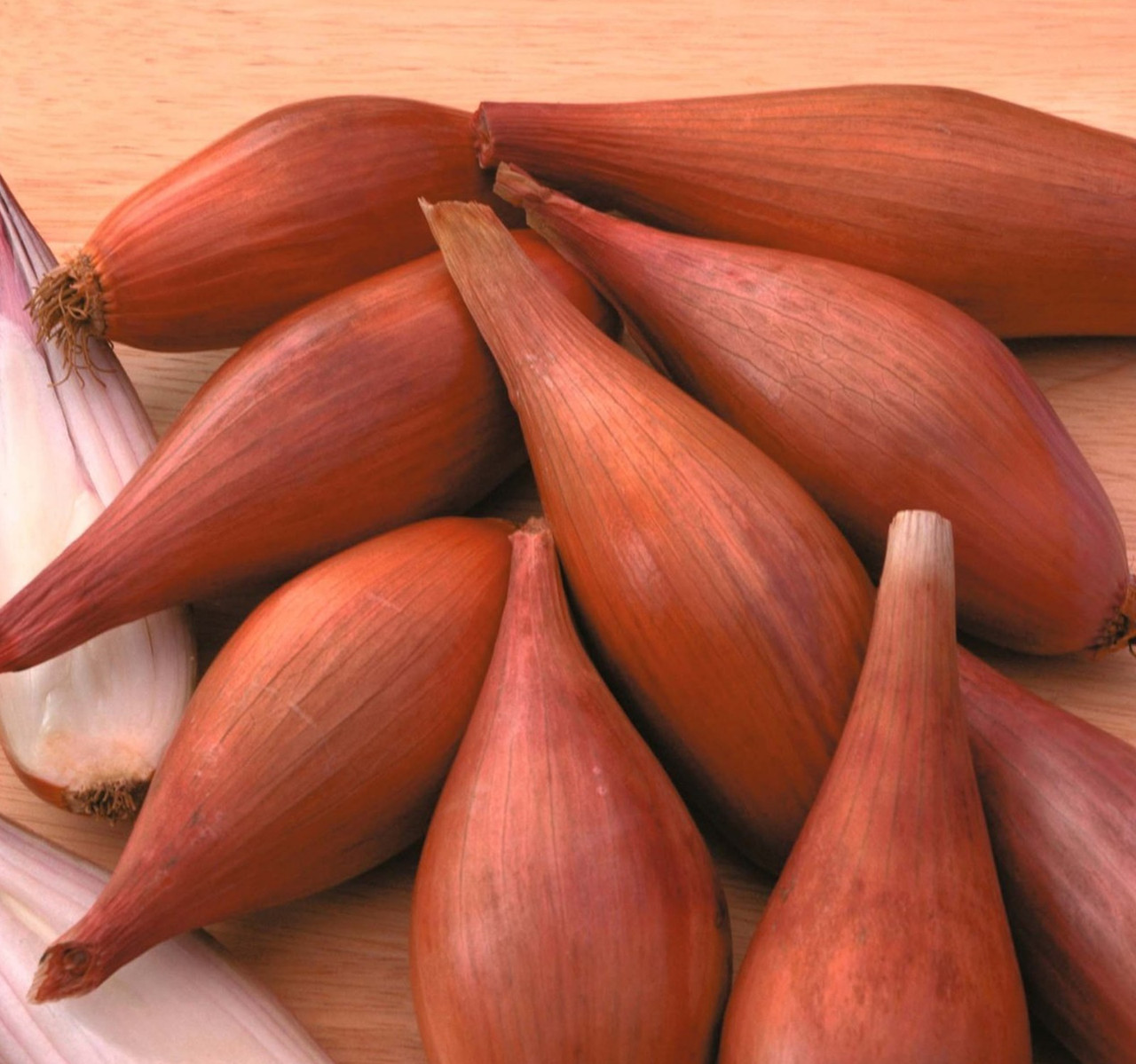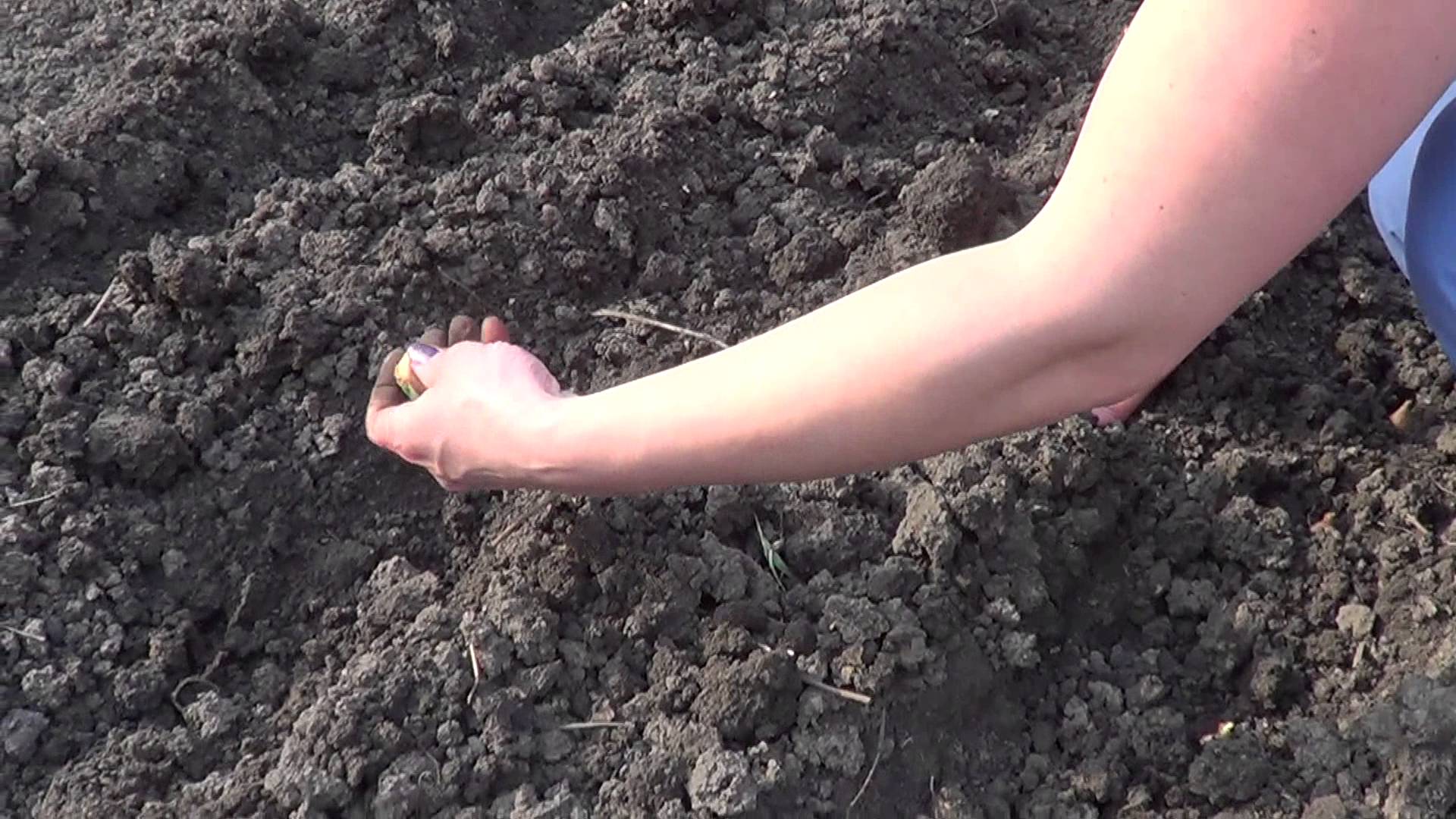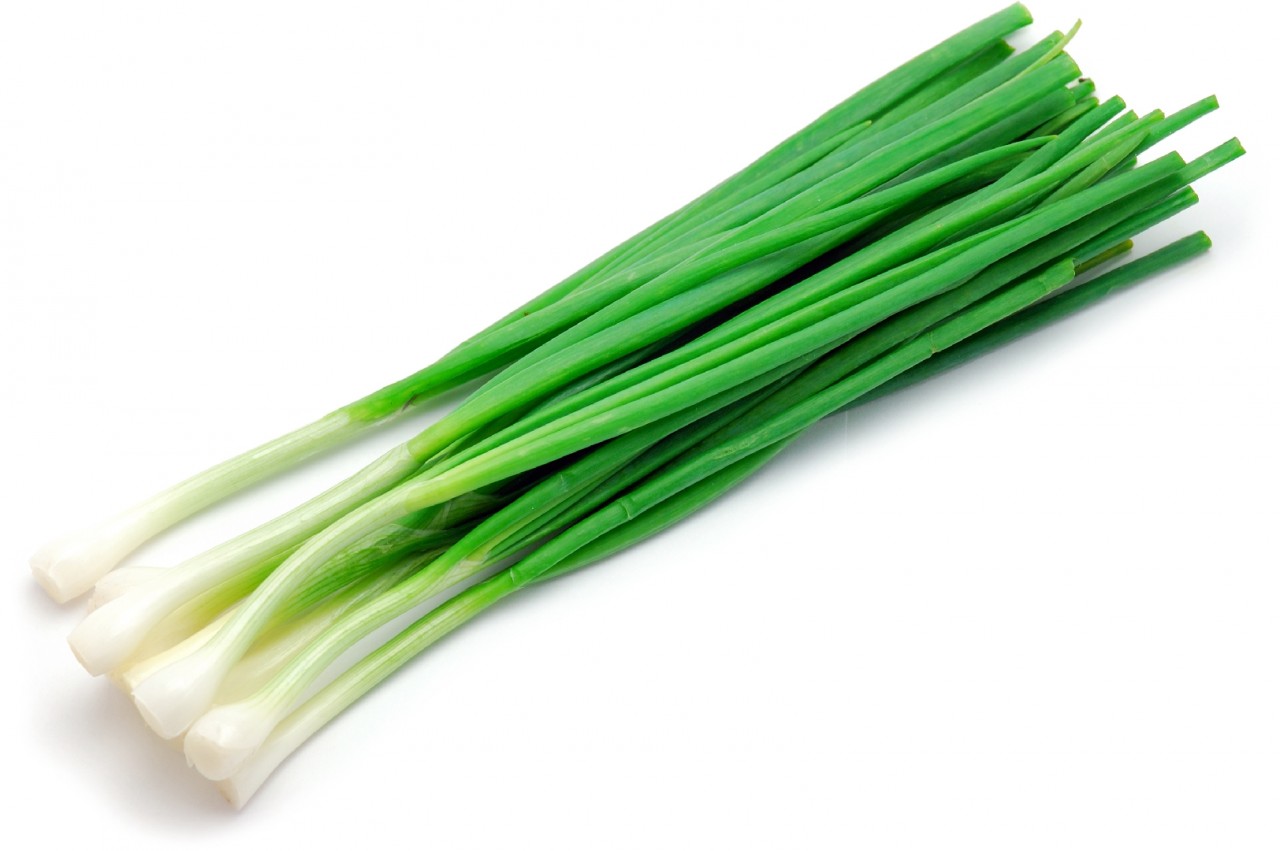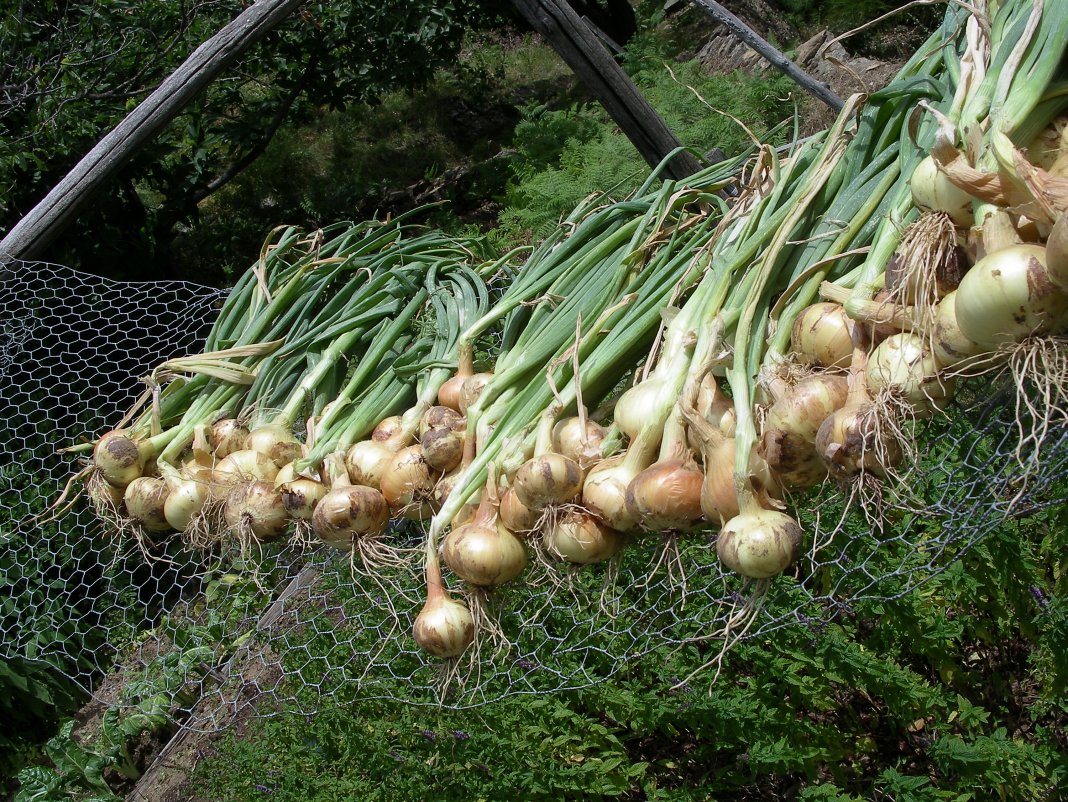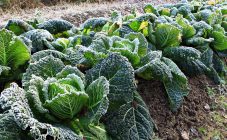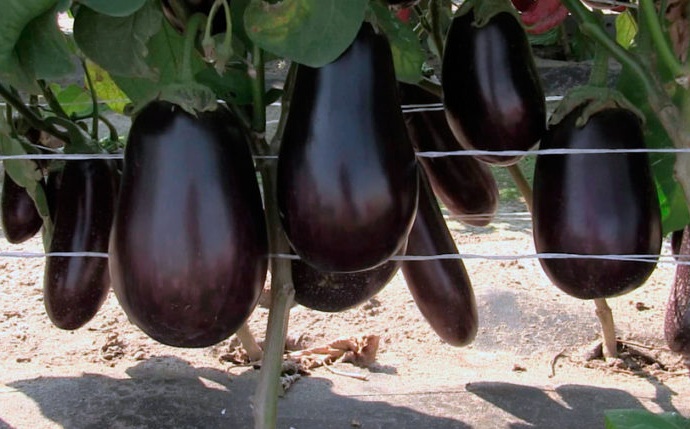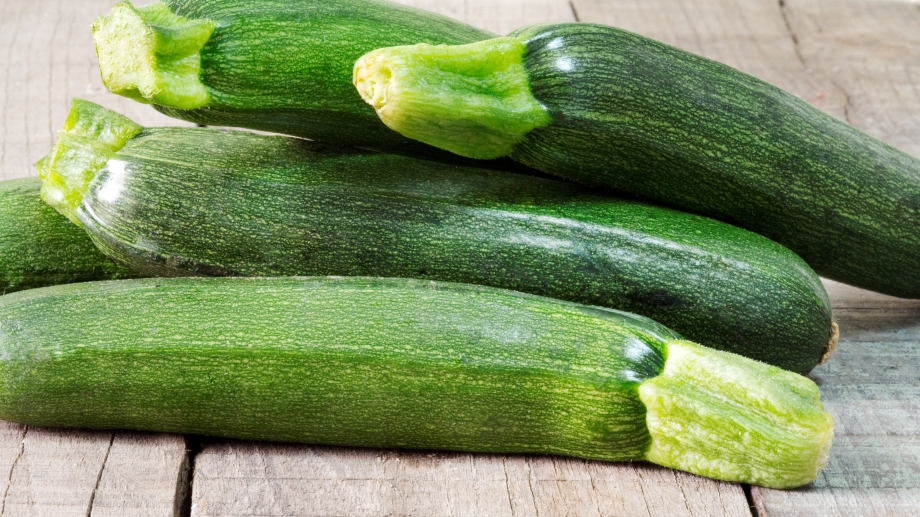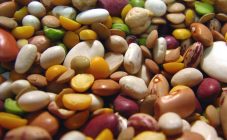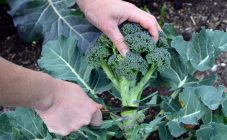Content:
Any vegetable garden in Russia, be it the southern regions, the Black Earth Region or the Urals, cannot be imagined without onion beds.
This traditional vegetable is an ingredient in a huge number of dishes, is literally stuffed with vitamins and has many varieties that not all summer residents are familiar with:
- onion and its most popular variety among gardeners is family;
- shallot;
- leek;
- batun;
- tiered bow;
- slime onion;
- decorative
- and many others.
Getting a good harvest is quite simple, you just need to follow the advice of onion specialists on how to plant and care for it and put a little effort.
Agricultural technology for a high yield
Despite the general unpretentiousness of the culture, onions are rather capricious about the composition and quality of the soil: if it is not suitable, how to grow large onions in the garden will remain an insoluble problem.
The best soil on which onions can grow is loam and sandy loam (on which the ripening rate increases significantly). On heavy clay soils (or clean sandstones), on the other hand, you cannot expect a good harvest, because the clay forms a crust on the fruit and does not allow it to develop. Soil moisture for this crop should be moderate. Acidity - neutral or slightly acidic, if the acidity of the site is increased, lime or wood ash must be added to the ground.
It is preferable to grow onions in beds open to the sun, even and well-blown by the wind, shaded places near trees are absolutely not suitable. Onion crops are cold-resistant, therefore planting in the ground can be carried out already in the third decade of April - early May, while the temperature of the upper layer of the bed should not be lower than +12 degrees, the minimum that the young onion can withstand is minus three degrees (air temperature).
Vitamin greens are best planted in beds where there used to be zucchini, cabbage or tomatoes with potatoes, as well as dill, parsley or basil. Garlic is an undesirable precursor for onion. The best "neighbors" in the garden are carrots (they have a common pest with which these crops fight together - the carrot fly) and calendula. Legumes are highly discouraged.
According to agrotechnical rules, the soil before the planting material is introduced (until winter has begun) must be prepared: when digging to a depth of 0.2 m, fill it with peat compost, and also add about 2 tablespoons of phosphorus-potassium fertilizer per sq. meter of the garden. The introduction of unripe manure is undesirable, since this will give an impetus to the development of onion greens, and the heads themselves will not have time to grow by the due date.
Reproduction of culture
There are several ways to get the harvest of onions, they depend on what you plan to eventually grow:
- sevok;
- turnip;
- greens on a feather;
- seed material (nigella).
The common definition of onion picks means that these bulbs are selected from turnips grown from the set. The sample sizes are rather modest - no more than 4 centimeters in diameter, and it is used mainly for forcing green feathers in winter, and it can also replace sets when growing onions for turnips.
Most often, the crop is planted with seeds, which are obtained from the umbrella-shaped inflorescences formed at the ends of the arrows.
The correct onion growing cycle can be represented as follows:
- onion sets are obtained from sown seeds in the first year;
- from the sevka (small bulbs of a centimeter diameter) a uterus bulb emerges in the second year;
- planting from the mother plant in the third year allows you to get new seeds and start the cycle over again.
In the southern regions, almost all onion plantings are carried out by seeds, the so-called. nigella (so named for the black color of the shell), sowing is carried out mainly from the beginning of autumn, straw is used to preserve plantings for the winter. Also nigella can be sown on seedlings with subsequent transfer to open soil. The breeding method of onion crops is most often determined by the climatic features of the area.
It is important to keep more bulbs suitable for planting for the next year, therefore, the desired set is placed in a cool and protected from light place, while it is necessary to monitor the level of air humidity. Instances that show signs of rot or other damage are immediately removed so as not to infect other planting material.
Before planting, the seedlings are brought into a warm place and heated well at a temperature of plus 25 degrees to avoid the appearance of arrows. After that, disinfection is carried out with a solution of sodium chloride and copper sulfate with potassium permanganate. Onions are planted as soon as spring has come and the snow has melted into the soil prepared since autumn. Previously (2 weeks in advance) it should be additionally disinfected. The sevok is placed on beds, the distance between which will be at least 30-35 centimeters. When planting, the bulbs should be slightly pressed into the soil, but not too deeply. Further care for seedlings of onion sets in the open field consists in watering in a couple of days.
Sowing with seeds
In one season, growing onions from seeds is possible mainly for gardeners in the southern regions, mainly in this way varieties are grown that have a husk of red or white colors (sweet in taste).
The features of seed onions with their cultivation and care dictate the following sowing algorithm:
- nigella seeds are soaked in a damp cloth for about 48 hours;
- with the help of mineral fertilizers they prepare the soil for future plantings;
- for the purpose of disinfection, the beds are spilled with copper sulfate or potassium permanganate;
- seeds are sown in shallow (no more than two cm) holes, while the distance between adjacent grooves is maintained at around 15 centimeters;
- sprinkle with earth and water the beds with a watering can with a dissecting device;
- to create a greenhouse effect, crops must be covered with a piece of polyethylene, which is removed as soon as the first greens are visible;
- the selection of the strongest seedlings is carried out in such a way that no less than 2 and no more than 3 cm remain between the shoots;
- to prevent drying of the topsoil, it is advisable to mulch the area of the site with humus (only after it has warmed up) or sawdust, to a depth of a couple of centimeters, using mulching of onion crops also fight weeds and protect against onion flies;
- the second thinning procedure is carried out after a couple of weeks, while leaving a gap of 6-8 centimeters between the grown plants.
Too large onion turnips with this planting technique will not work, but if you know how to care for onions and deal with pests in time, you can get a good harvest, while gardeners will be spared the need to buy sets.
Planting seedlings
Seedlings are rarely used for propagation of onion crops, they usually resort to it if they want to get very valuable or rare varieties, because for this you need to have a completely intact seed.
Sprouting onion seedlings is similar to cultivating other vegetables. Initially, the substrate is prepared: it is advisable to plant nigella seeds for seedlings in slightly acidic soil through which air easily passes. The soil is placed in containers for germination, rows of a centimeter depth are made on the surface, adjacent grooves are separated by 4-5 centimeters.
In general, seedlings of onions and other types of onions transplant well, quickly adapt and grow. In order to help her, there is a popular way: when transferring from a substrate to open ground, green feathers are trimmed by a couple of centimeters and the roots are shortened by half a centimeter.
Onion planting and care
Onions do not require special care after planting and germination. Onion care mainly involves watering with clean, fresh water. It should be carried out only as the soil dries up in the beds, under normal conditions of middle latitudes it is about once a week. However, in drier climates, the frequency of watering can be increased. At the same time, it is important not to overdo it, because one of the reasons why onions in the garden can rot is just an excess of bacteria from unnecessary watering.
To avoid such a situation, the onions are not watered after rain and dew, several weeks before digging up the crop. You need to be guided by the type of greenery: if the onion feathers are pale in color and look drooping, it's time to water. The first watering (during the first month) is carried out to a depth of about 0.1 meters, and the subsequent (as the bulbs grow) - at a depth of 0.2-0.25 m. In the last months before harvesting, constant "dry watering" is used - usual loosening with the release of the upper part of the root crop from the soil. At the same time, it is not worth hilling onion plantings - this can damage the root system.
Additional feeding for onion plantings on pre-prepared soils is not needed, however, if the quantity and quality of green feathers does not suit gardeners, you can add organic fertilizers to the beds (as a rule, chicken manure diluted in water, or urea) and chemical fertilizers. As the latter, a mixture of 2-3 parts of superphosphate and 1 part of potassium salt is perfect. Do not forget to wash off the fertilizer residues from the green onions using a hose or a watering can with a fine-droplet nozzle.
Onion beds should be protected from fungal infections using any proven fungicidal agent. Fruit onion gnats and other insect pests can also damage the crop.
How and when to harvest
The time for harvesting the vitamin harvest of turnip onions comes when the greens are massively crushed to the ground, as a rule, this is the second half of August. It is at this time that the maximum amount of vitamins accumulates in the onion fruits, the plant stops growing, and the bulb takes on its final shape.
If you rush to dig up the vegetable, the onions will not have time to form the covering scales, and the neck will remain open for viruses and microbes, which can lead to massive damage to the crop during storage. If you delay the collection, the scales will overripe and fall off, which will provoke re-growth of roots and increase the possibility of diseases, such onions will not be stored.
If the weather is humid and harvest time is right, you can speed up the ripening process by hand: mowing foliage, lifting bulbs from the ground and undermining roots, shoveling the soil off them and pruning the roots with a shovel.
It is best to pick turnips in wet weather, a slight breeze is desirable. Collection is carried out by hand on light soils and with a shovel on heavy soils. It is impossible to clear soil residues by tapping the bulbs against each other, since mechanical damage should be avoided, the ground is cleaned manually. After harvesting, the bulbs and tops are laid out in the sun for a week and a half for disinfection, sometimes they should be turned over.
Even for not very experienced gardeners who want to grow onions, growing and caring in the open field does not present any particular difficulties - a systematic approach based on agrotechnical rules allows you to get a high-quality and vitamin harvest used in many dishes and canning.
